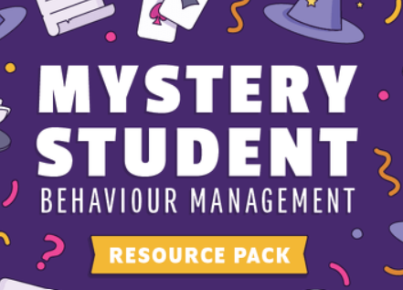Introduction
Teaching assistants (TAs) play a crucial role in promoting positive classroom behaviour. Their support encourages and enhances students’ personal, emotional, and social development. This article will focus on the various strategies employed by teaching assistants to support behaviour management in the classroom.
1. Establishing Clear Expectations
One of the fundamental behaviour support strategies is establishing clear expectations with learners. TAs can achieve this by explaining the rules, consequences, and rewards at the beginning of each lesson or activity while offering a warm and steady presence.
2. Fostering a Positive Classroom Environment
Supporting students’ emotional well-being is a crucial step towards establishing a favourable learning environment. TAs help create such an environment by building strong, trusting relationships with students and maintaining open communication lines. They offer encouragement, praise, and validation to help boost learners’ self-esteem and maintain motivation.
3. Providing Consistent Reinforcement
Teaching assistants use positive reinforcement to motivate desirable behaviours effectively. Rewards such as praise, extra privileges, or recognition can be applied when students exhibit appropriate conduct. These TAs also offer gentle yet consistent reminders about behavioural expectations in less formal ways.
4. Active Monitoring
To ensure that all students are engaged and on-task, TAs actively monitor the classroom by constantly scanning the room for any potential behavioural issues or distractions. They can move around the room to provide proximity control or intervene if they spot any problematic behaviour before it escalates.
5. Differentiation
Understanding that each student has unique needs greatly impacts the assistance provided by teaching assistants. They analyze the class’s individual learning capacities and design differentiated tasks or activities that suit various learners’ needs.
6. Collaborating with Teachers
TAs work closely with teachers to develop practical methods of managing classroom behaviours and supporting individual students who require additional assistance or accommodations in their learning process.
7. Establishing Restorative Practices
Teaching assistants foster a restorative approach, prioritizing conversations and mediations rather than punishment. They guide students in understanding their actions, the consequences, and how to repair relationships affected by inappropriate behaviours.
Conclusion
Teaching assistants play a critical role in enabling a productive and supportive learning atmosphere. Their function includes creating explicit expectations, fostering positive environments, reinforcing good behaviour, active monitoring, applying differentiation tactics, collaborating with teachers, and implementing restorative practices. As a result, students receive the support they require to make healthy choices, develop positive relationships, and create lasting behavioural changes.





